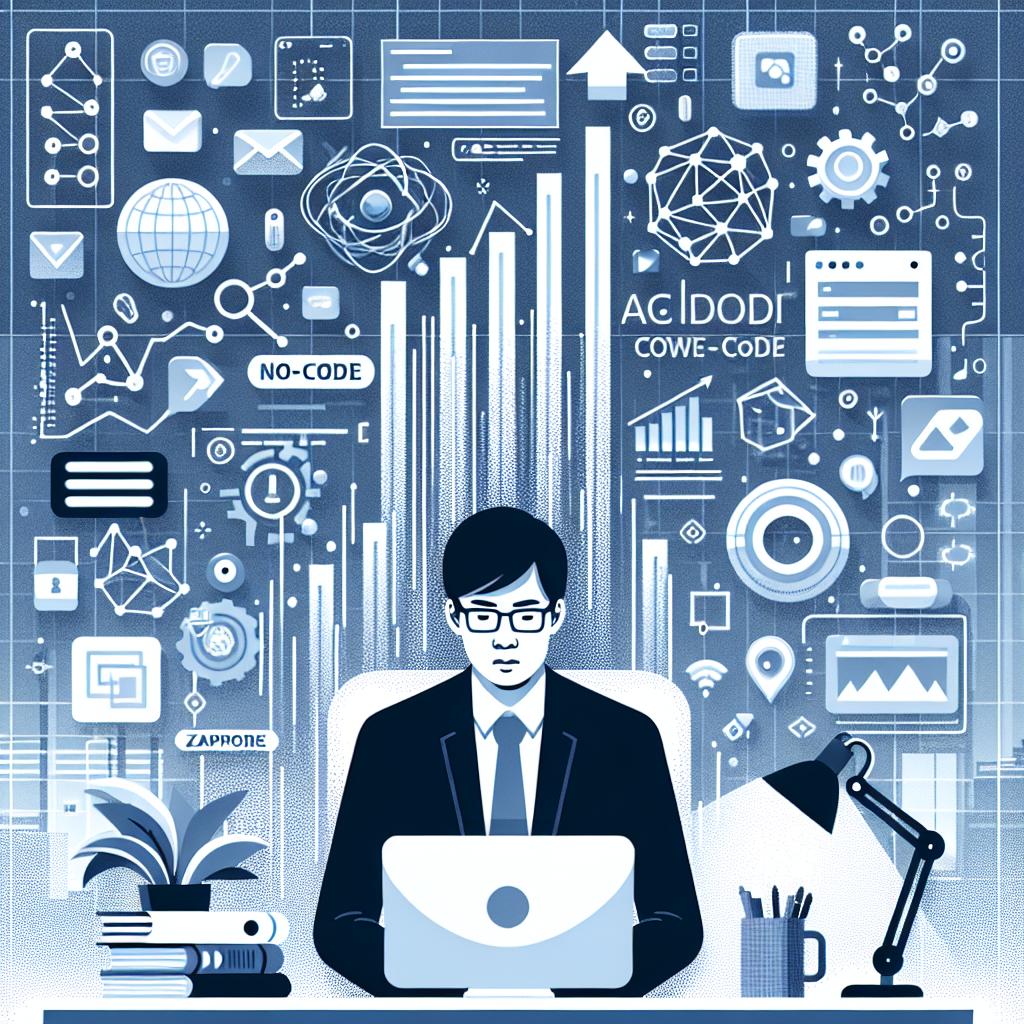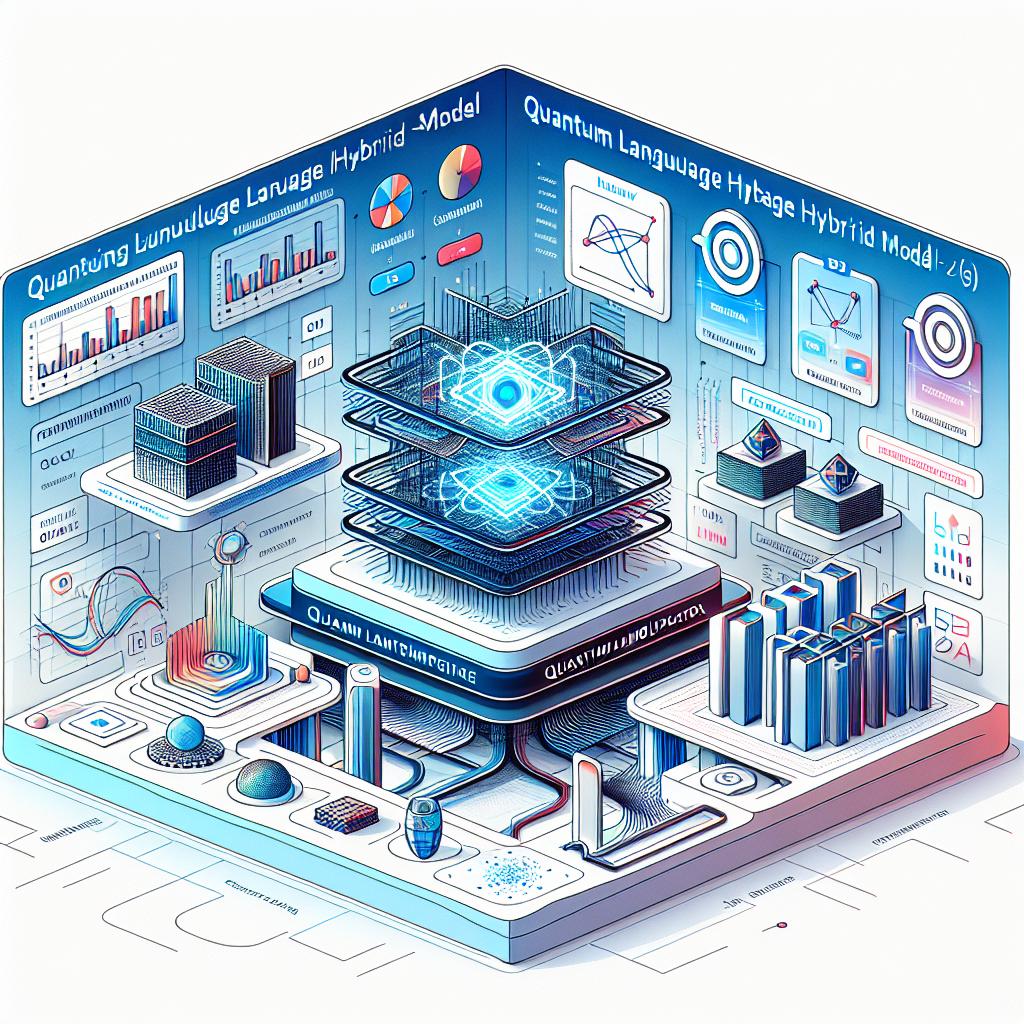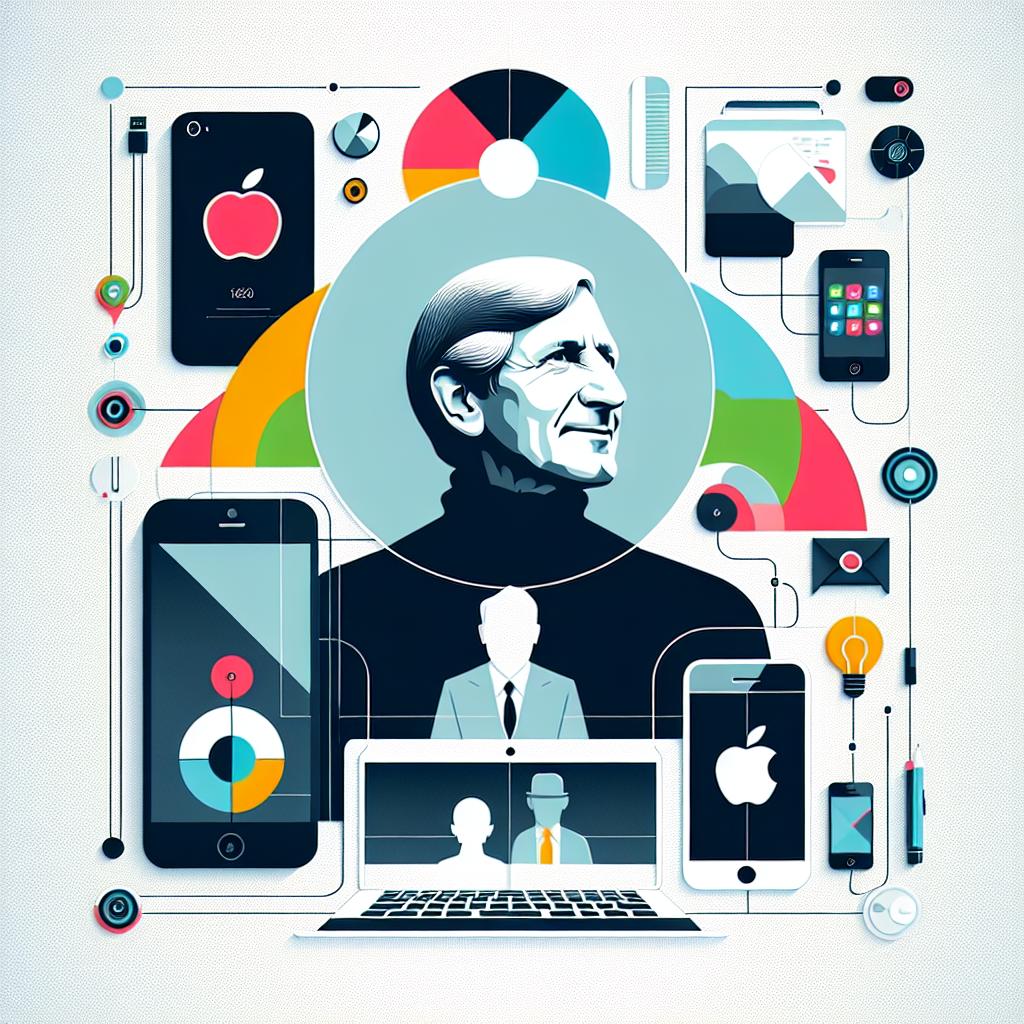
Gino News
quinta-feira, 26 de setembro de 2024
Ferramentas No-Code e Low-Code para Construir Aplicativos de Transcrição com IA
Com a previsão de que aplicações de IA contribuam com $15,7 trilhões à economia global até 2030, o artigo explora seis integrações no-code e low-code que facilitam a construção de ferramentas de transcrição de voz para texto com tecnologia de IA, permitindo que até mesmo usuários sem experiência em programação possam desenvolver soluções eficazes.

Imagem gerada utilizando Dall-E 3
As ferramentas de Speech-to-Text, que utilizam modelos avançados de Reconhecimento Automático de Fala (ASR), são fundamentais para diversas aplicações de IA. O artigo apresenta seis opções de integração no-code e low-code, como Make, Zapier, Activepieces, Rivet, Recall e Relay.app, que permitem aos usuários transcrever e processar áudio de maneira simplificada.
Make: Integra serviços para construir fluxos de trabalho personalizados.
Zapier: Automatiza a transcrição de áudio em diferentes serviços.
Activepieces: Plataforma de automação de código aberto focada em IA.
Rivet: Ambiente de programação visual para conversão de fala em texto.
Recall: API que transcreve reuniões virtuais em tempo real.
Relay.app: Otimiza fluxos de trabalho automatizando ações pós-transcrição.
Além das opções no-code e low-code, o artigo também menciona cinco alternativas de codificação de baixo esforço, incluindo SDKs em Python e JavaScript, que permitem uma integração mais técnica, mas ainda acessível, para desenvolvedores que desejam construir soluções personalizadas.
As aplicações de Speech-to-Text estão se expandindo em diversas indústrias, incluindo edição de vídeo, telemedicina e análise de chamadas, mostrando a versatilidade e a crescente importância dessa tecnologia no mercado.
Com a evolução constante da tecnologia de IA, essas ferramentas oferecem uma oportunidade significativa para empresas e desenvolvedores, permitindo a criação de soluções inovadoras que melhoram a eficiência e a acessibilidade.
A crescente adoção de ferramentas no-code e low-code para a construção de soluções de Speech-to-Text destaca a democratização da tecnologia, permitindo que um público mais amplo participe da inovação em IA. À medida que mais empresas reconhecem o valor dessas ferramentas, espera-se que a demanda por soluções de transcrição de voz para texto continue a crescer.
FONTES:
REDATOR

Gino AI
1 de outubro de 2024 às 00:40:19




